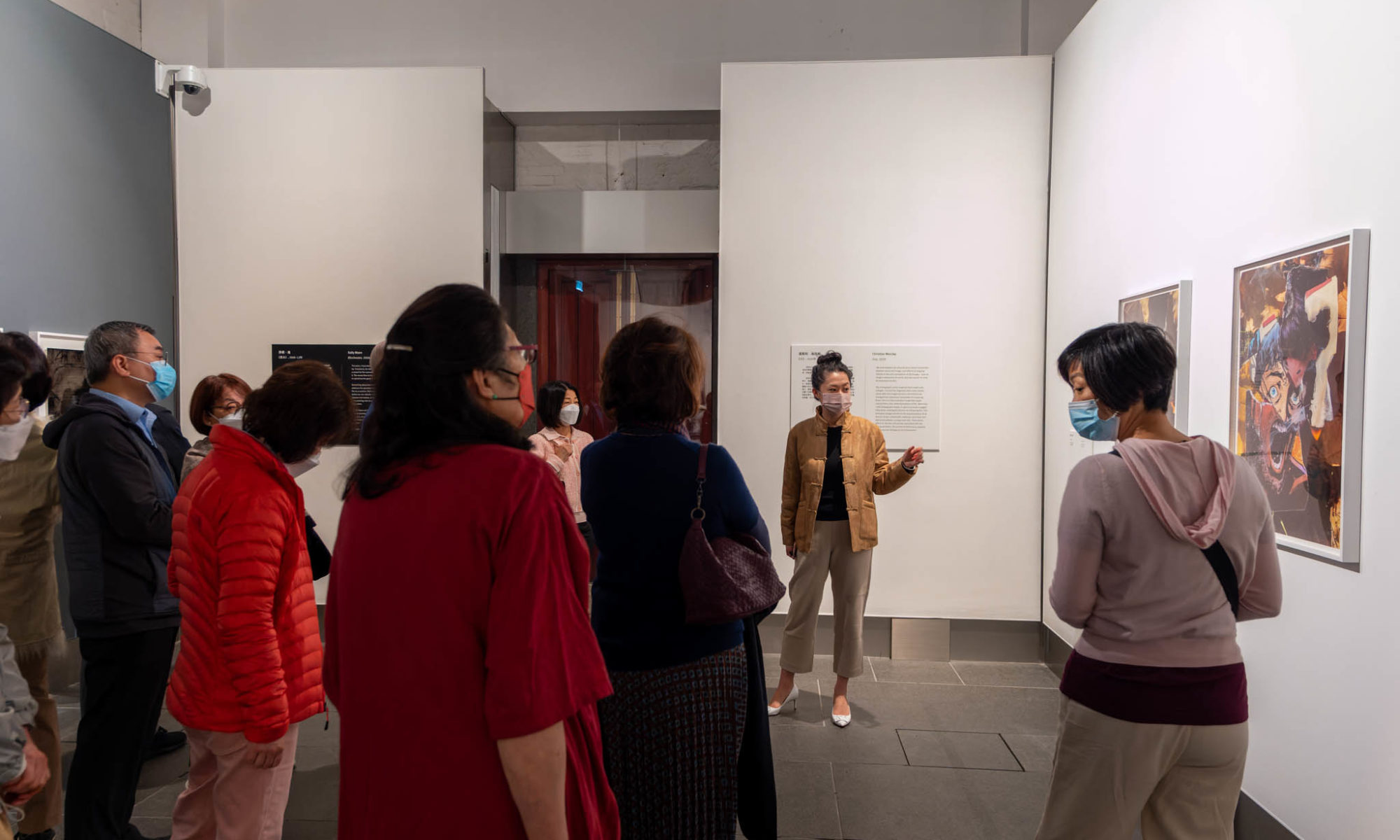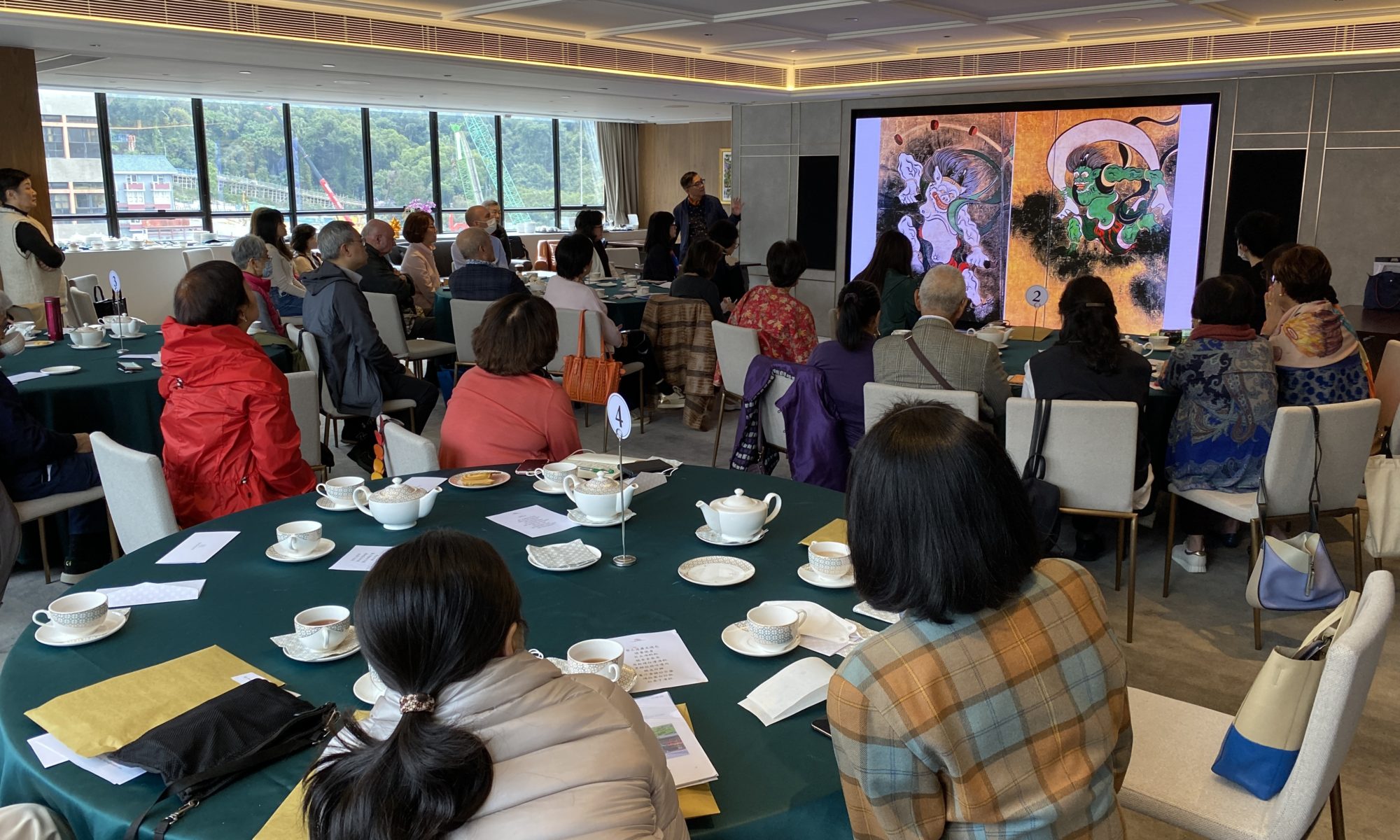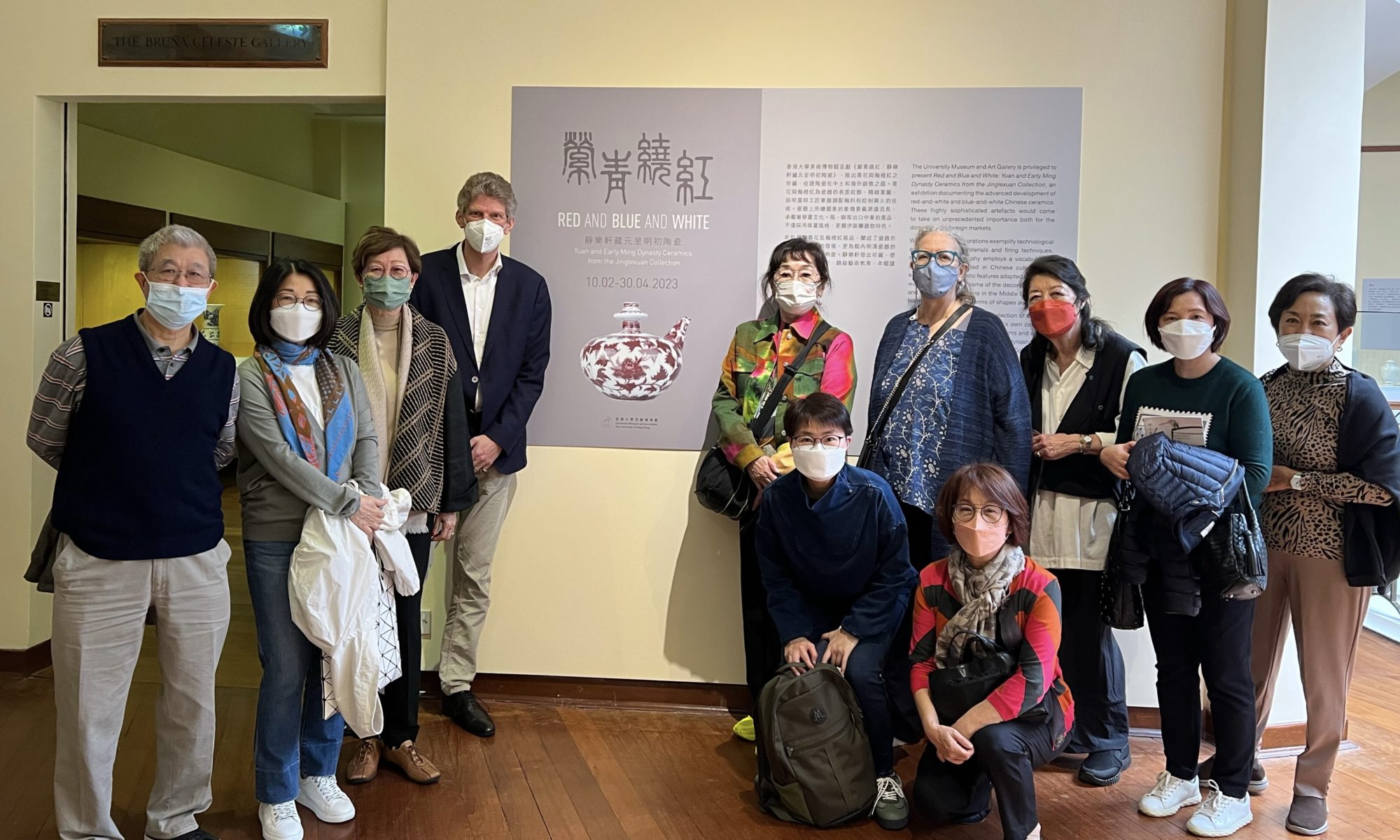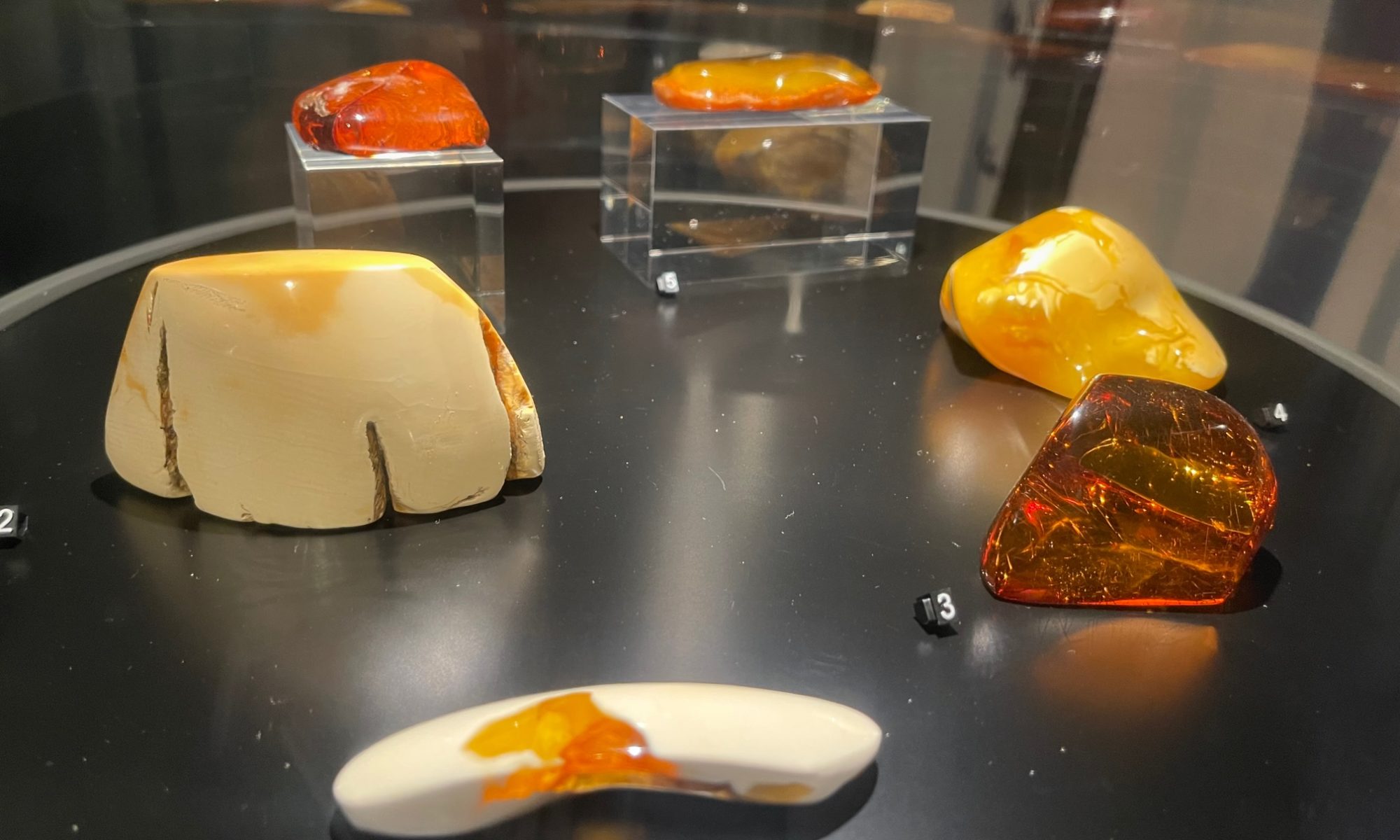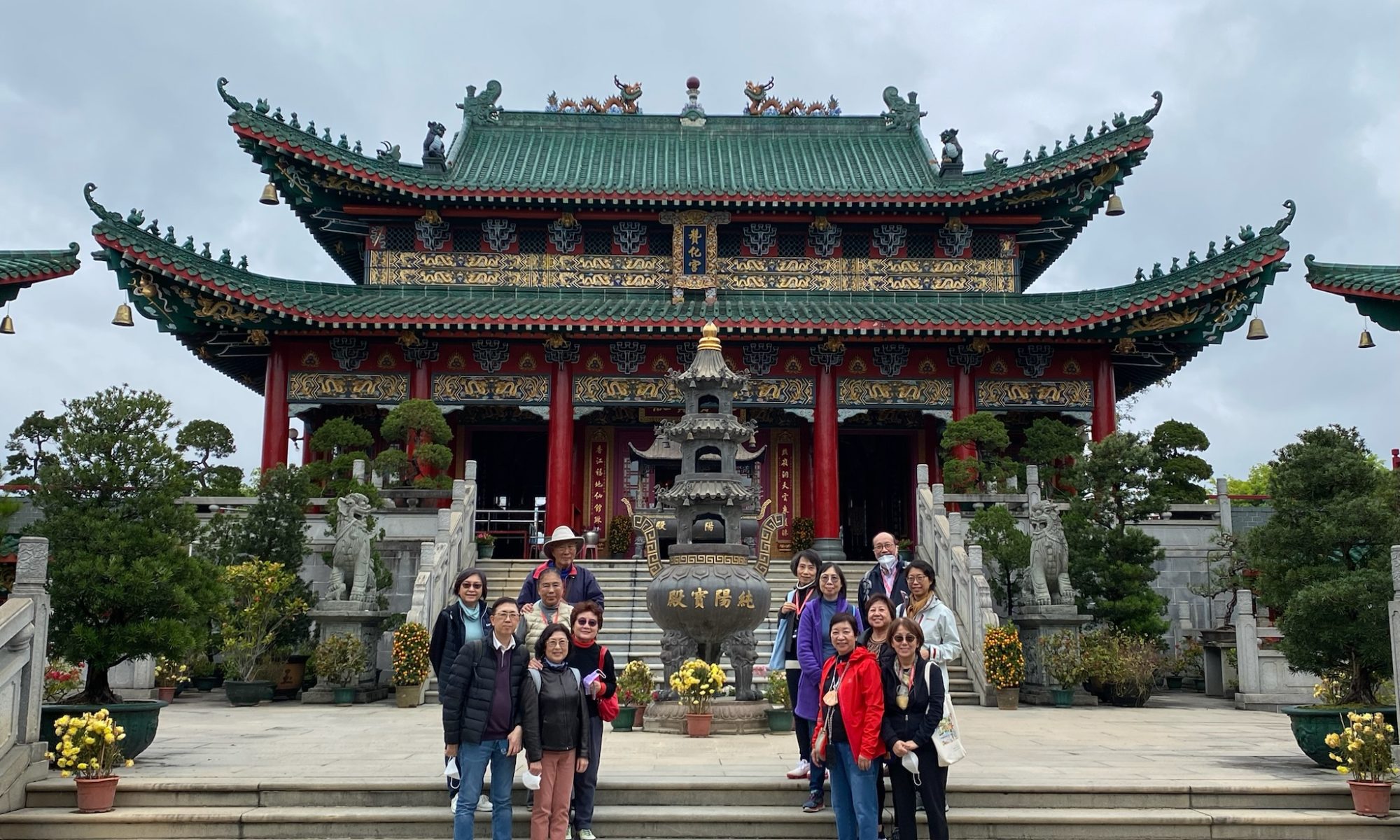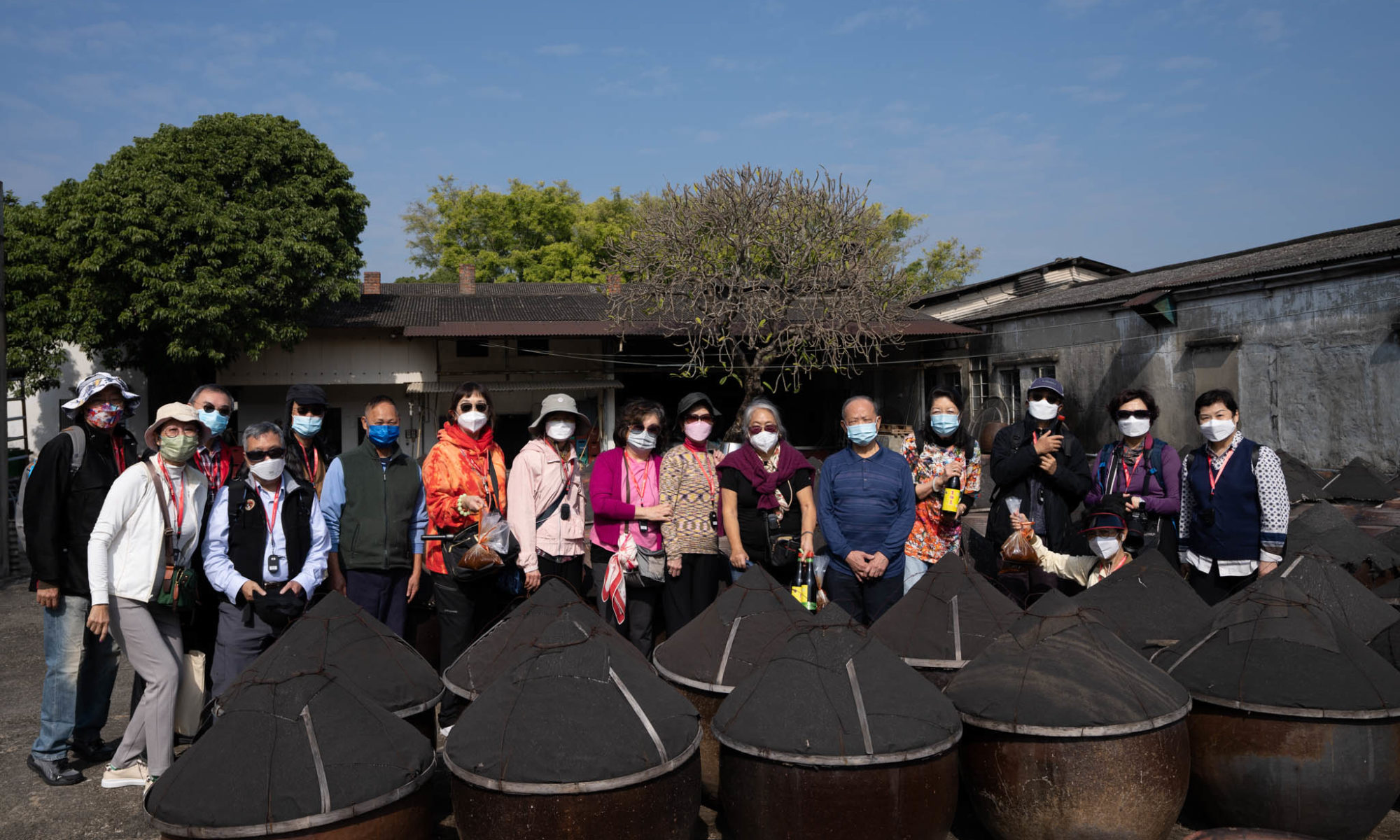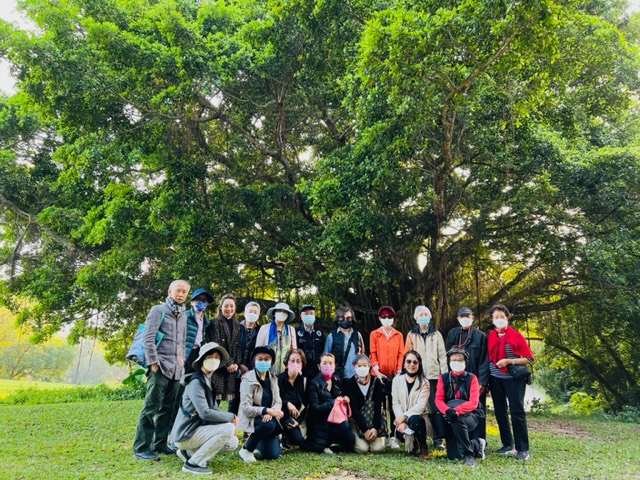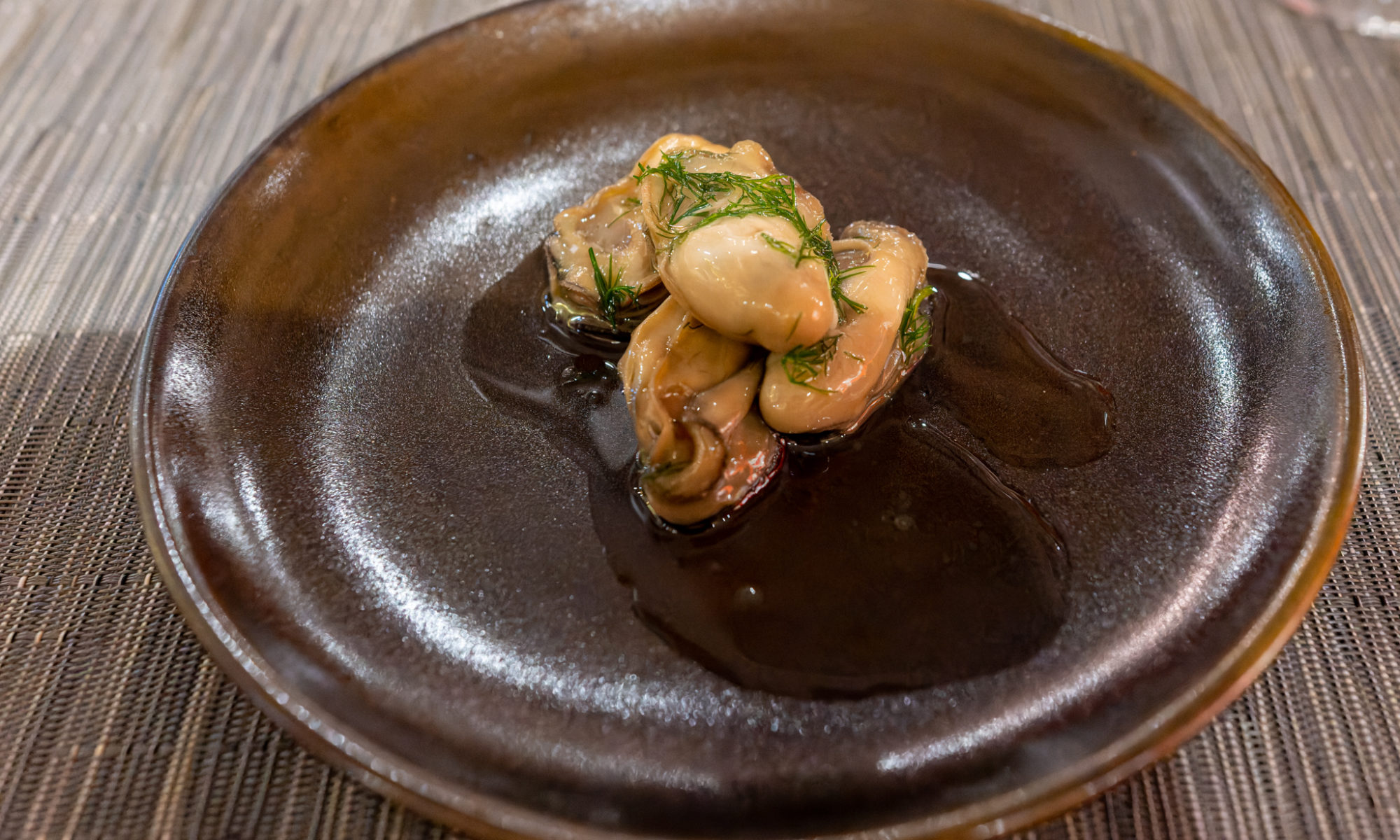As a continuation to our guided heritage tour to Sha Tau Kok 沙頭角, the HKU Museum Society is pleased to organize another tour to Kwu Tung 古洞, San Tin 新田 and Ta Kwu Ling 打鼓嶺 curated by Jerry Yeung, Director of a specialized tour company.
Our tour starts from Central where we’ll board a private mini coach. The first stop is Kwong Tak Loong Sauce Factory 廣德隆醬園 at Kwu Tung, a small local traditional factory which produces soy sauce for wholesale to restaurants since 1945. It also produces lotus seeds paste for mooncakes.
Then we will proceed to Hau Mei Fung Ancestral Hall 味峰侯公祠, a declared historic site since 2019. This exquisitely built folk building is a typical example of Qing Dynasty 清朝 architecture. It is located in Kam Tsin Village, Sheung Shui 上水金錢村.
Before proceeding to San Tin, we will take a look at the Lady Ho Tung Welfare Centre 何東夫人醫局 which has been revitalized into an Eco-Learn Institute.
At San Tin, we will visit the Tai Fu Tai Mansion大夫第 which was built in the 4th year of Tongzhi 同治 (1865) as a residence for scholar Man Chung-luen 文頌鑾. The building is considered as one of the most beautifully embellished traditional Chinese dwellings in Hong Kong.
Afterwards, we will make a stop at Lok Ma Chau Lookout Garden 落馬洲花園, a viewing point which offers an amazing view of the wetlands and scenic Shenzhen skyline.
In the afternoon we will continue our journey to Ta Kwu Ling to have vegetarian lunch at Wun Chuen Sin Kwoon 雲泉仙馆. After lunch, we will explore this Taoist temple which is dedicated to Master Lu Zu 呂祖. This site was constructed by priests who fled to Hong Kong during the Japanese occupation in 1938. It is a replica of their temple in Xiqiao, Foshan, Guangdong 廣佛山西樵 with design that resembles that of ancient palaces.
Highlights of Kwu Tung and San Tin
With the priority given to the development of Northern Metropolis, Kwu Tung and San Tin become the transportation and distribution hub connecting Sheung Shui Shek Wu Hui Market 上水石湖墟街市 and Yuen Long Market 元朗街市. In the 20th century, light industry, agriculture and trading were prosperous, especially soy sauce and lumber factories. Kwong Tak Loong Sauce Factory is one of the oldest and existing factory famous for handmade soy sauce.
The Hou (侯) clan from Kwu Tung and the Man (文) clan from San Tin are two of the largest clans in Hong Kong, we will visit their ancient hall and old mansion which are declared monuments.
Highlights of Ta Kwu Ling
Due to its location, this name is frequently heard in weather reports. The area expansively spans across three border ports between Hong Kong and the Mainland. It is also a treasure land with fertile soil suitable for organic farming. Many historical and heritage sites and buildings are conserved and protected in this area.
** Should the sauce factory be closed to public due to Covid 19 restriction, Heung Yuen Wai Block House香園圍炮樓 will be replaced instead.

